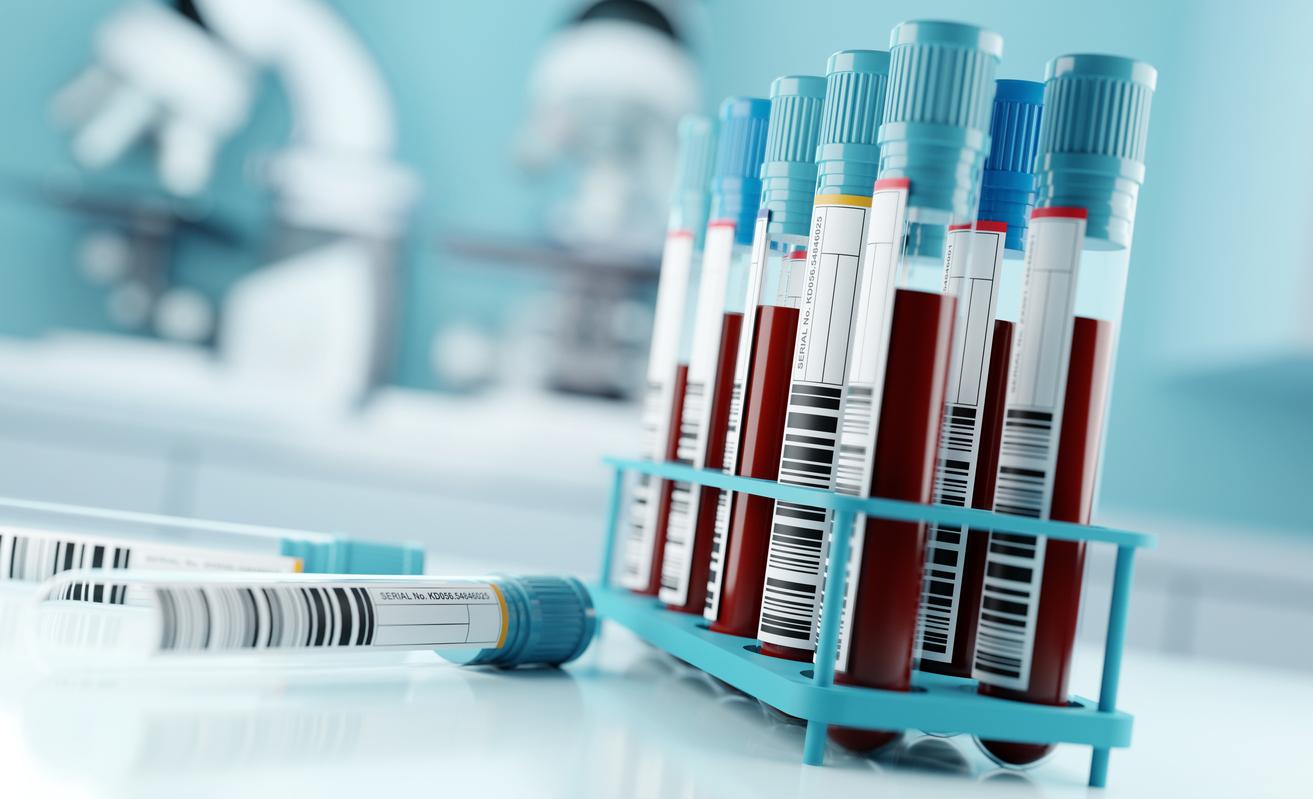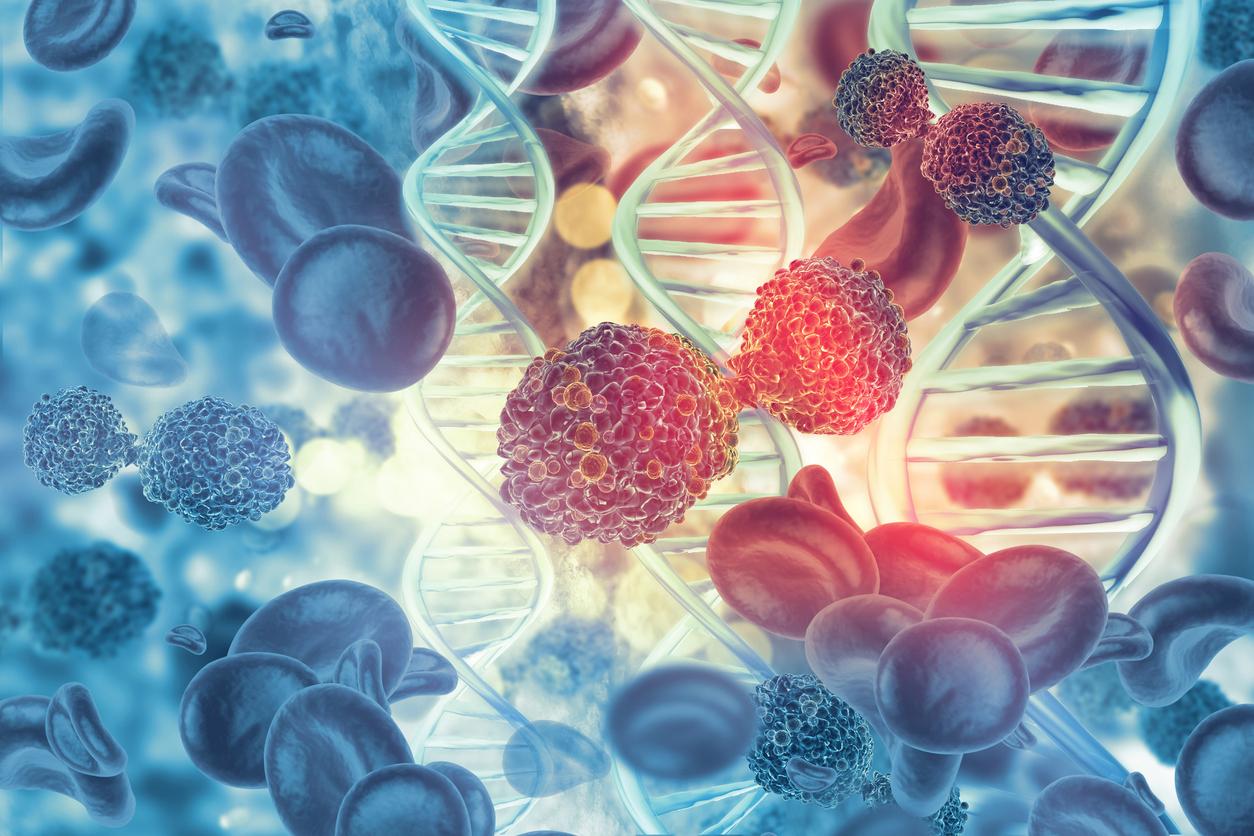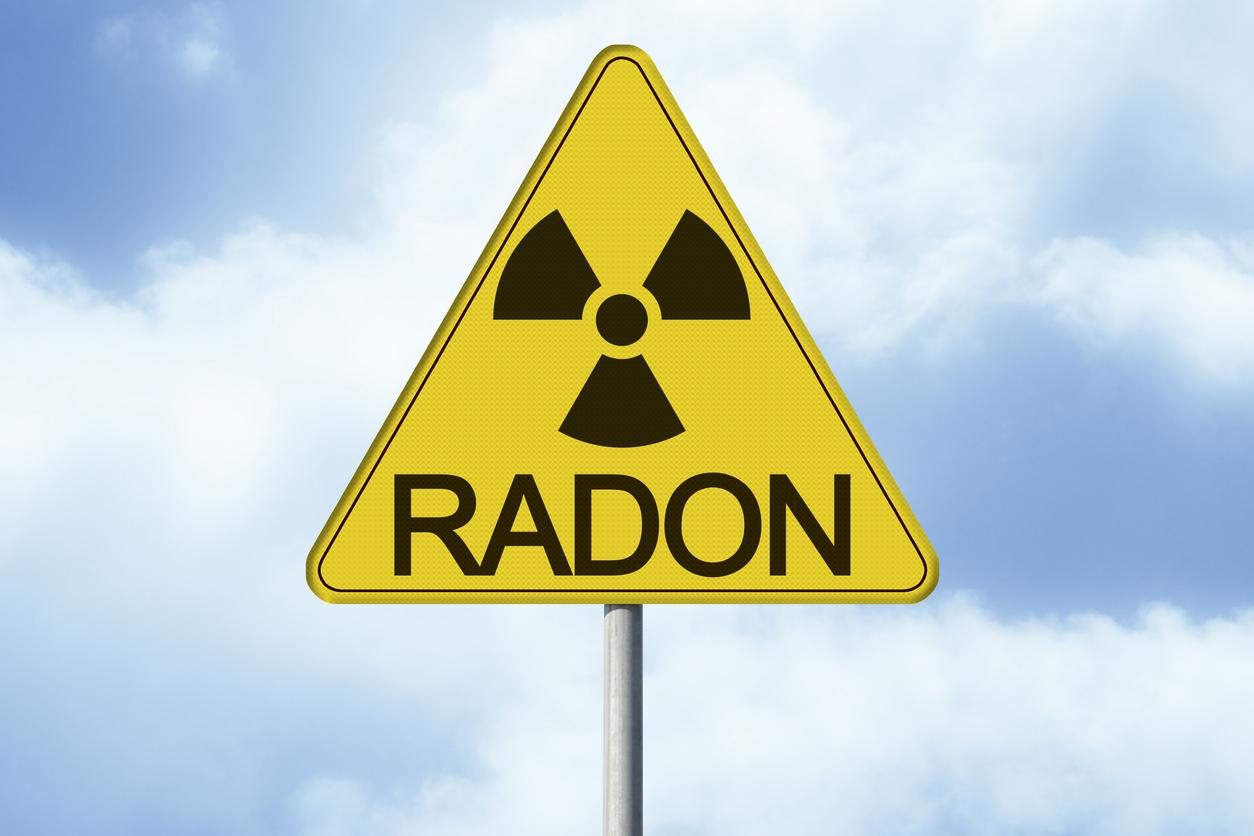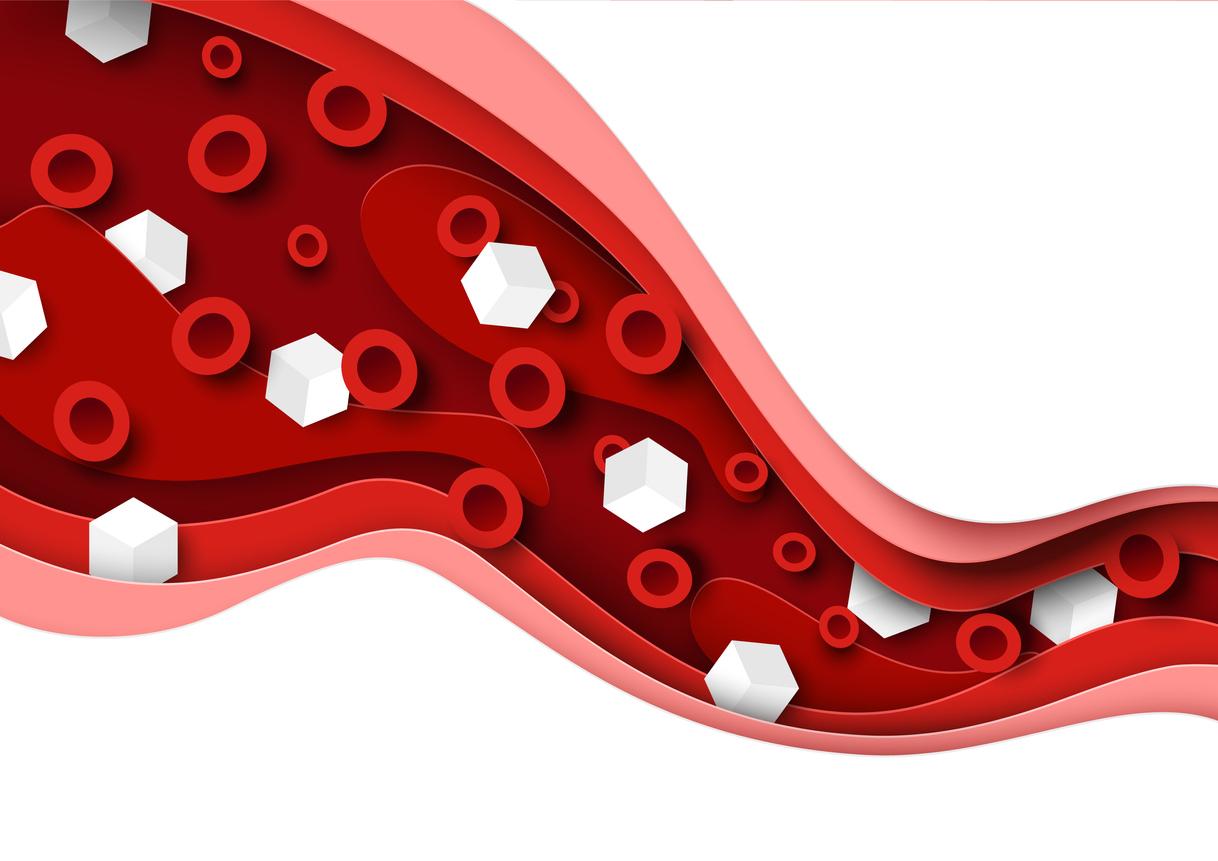Researchers have identified specific changes in the blood cells of people with Down syndrome.

- In people with Down syndrome, gene dysregulation varies depending on the cell type and its environment.
- In their blood cells, these patients have a high number of mitochondria.
- This can lead to the production of harmful molecules, which create mutations that can “lead to pre-leukemia and ultimately leukemia.”
Trisomy 21, also called Down syndrome, is a chromosomal abnormality. In this case, a child has an extra copy of chromosome 21, resulting in 47 chromosomes instead of 46. This usually results in characteristic physical traits and some degree of learning difficulty. Furthermore, this syndrome “predisposes patients to hematologic abnormalities, such as increased red blood cell counts and leukemia risk, in a process that begins before birth and is not fully understood,” reported scientists from the universities of Copenhagen and Stanford.
Down syndrome: differences in gene expression depend on cell type and environment
That’s why, in one study, they sequenced the genes of more than 1.1 million cells using human fetal liver and bone marrow samples from 3 fetuses with disomy (i.e. a very rare in which both copies of chromosome 20 are inherited from the mother) and 15 fetuses with Down syndrome. The researchers found that the dysregulations were not uniform and varied depending on the cell type and its environment. “We discovered, for example, that the blood stem cells of people with Down syndrome show dysregulation of genes involved in making red blood cells, which explains the symptoms in newborns,” declared Ana Cvejicprofessor and main author of the work published in the journal Nature.
Harmful molecules create mutations ‘that can lead to leukemia’
The team also discovered an increased number of mitochondria (i.e. the site of cellular respiration) in the blood stem cells of people with Down syndrome. Too many mitochondria can damage a cell and its DNA by producing harmful molecules. “These harmful molecules, called reactive oxygen species, are known to attack DNA, creating mutations that can lead to pre-leukemia and ultimately leukemia,” explained Andrew Marderstein, who participated in the research.




-1739366311.jpg)













